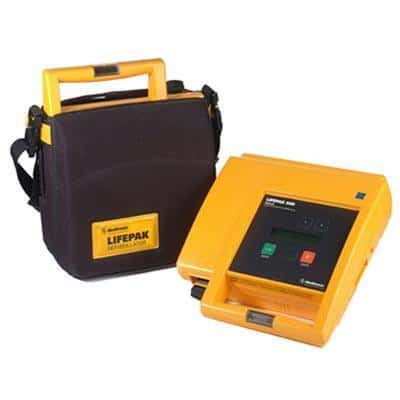Informational
What is a Defibrillator and How Does it Work?
A defibrillator is a device, either manual or automatic, that is designed to deliver electric shocks to the heart of a patient suffering from any one of a number of conditions that produce dysrhythmia. Some of these conditions include:
•Ventricular tachycardia
•Paroxysmal supraventricular tachycardia
•Atrial fibrillation
•Ventricular fibrillation
Some of these conditions are much more serious than others, but a defibrillator is designed to deal with all of them.
How Do They Work?
Defibrillators are quite simple in operation. They rely on an electric current and have a switch of some sort that delivers the quick shock through conductive surfaces. Portable models are battery powered and are usually attached to an alternating current source to maintain their charge. The conductive surfaces might be paddles, or they might be “peel-and-stick” electrodes, depending on the type of defibrillator.
The person administering the shocks should follow the directions on the piece of equipment itself or on any accompanying paperwork. They are not complicated and are designed to be implemented quickly in a situation where seconds count.
What is the Difference Between an AED and a Defibrillator?
AED stands for Automated External Defibrillator, so there is no difference in the basic function of the device. An AED, however, is even simpler than a “regular” defibrillator. They even sound a tone when all is ready to administer the necessary shock. While “regular” defibrillators can be used by non-medical personnel in an emergency, AEDs are a better choice for them because of their clear instructions and streamlined use.
Other Considerations
Necessarily, these devices, whichever their type, must be regularly maintained. Faulty or broken devices should be immediately repaired or replaced, particularly in areas like ambulatory care centers where there is a lot of patient traffic. There must also be enough devices to cover any entire facility where they are installed.

